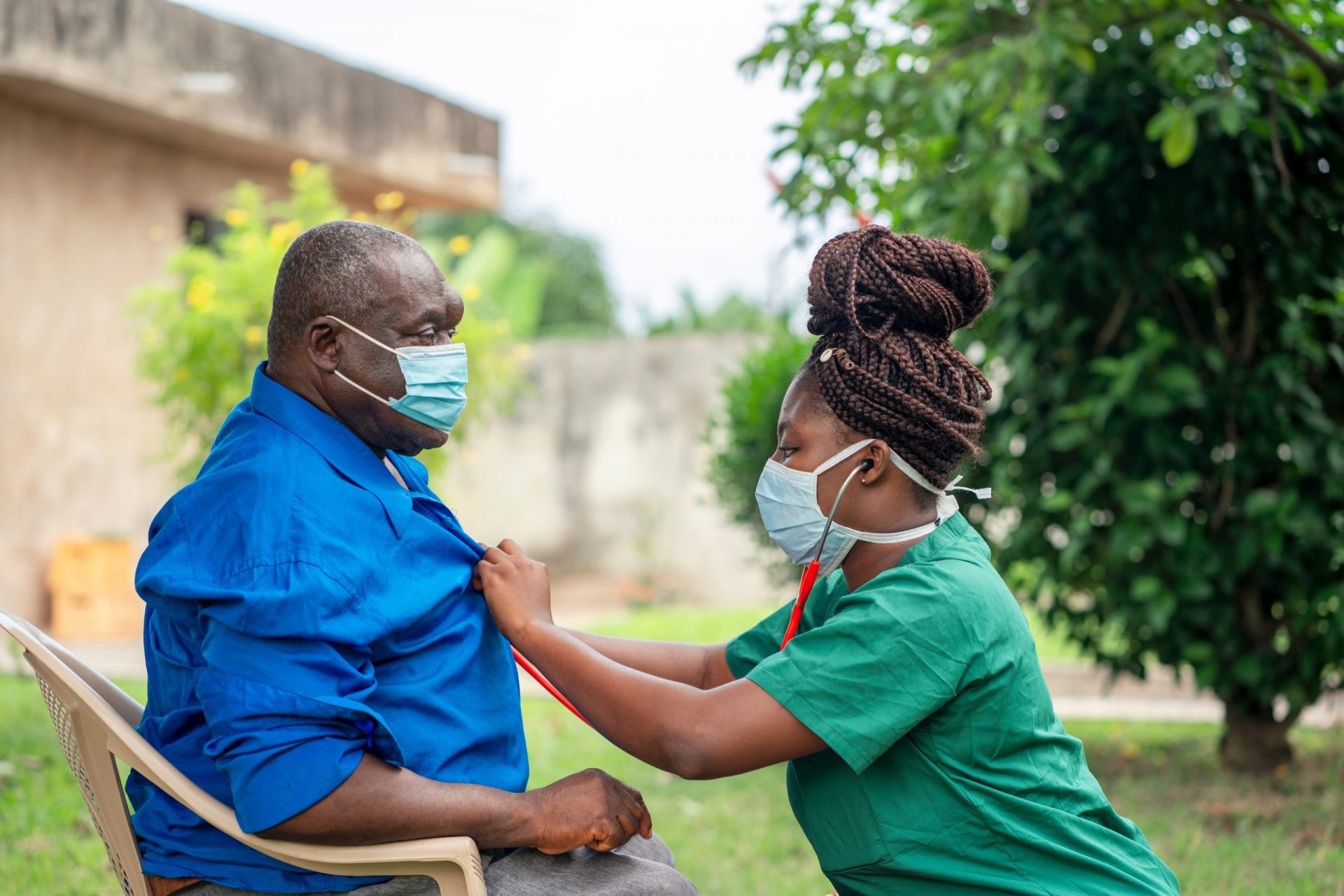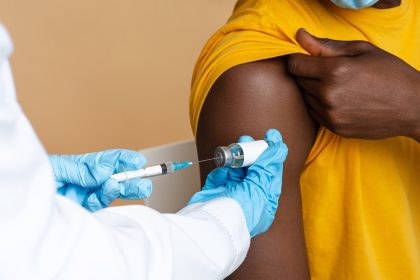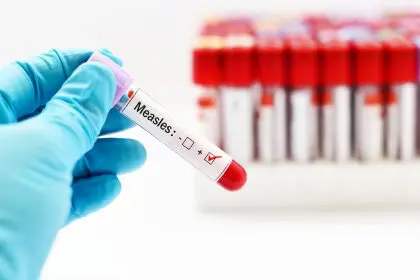A groundbreaking international study has revealed that structured exercise programs can reduce cancer patient mortality by 37% while preventing disease recurrence by 28%, demonstrating effectiveness that surpasses many current pharmaceutical treatments. The landmark research, involving patients from six countries over more than a decade, represents the first clear evidence that physical activity provides better outcomes than numerous drugs currently prescribed to cancer survivors.
The study’s findings were presented at the American Society of Clinical Oncology annual meeting in Chicago and published in the New England Journal of Medicine, establishing the highest level of medical evidence for exercise as a cancer treatment intervention. This research fundamentally challenges traditional approaches to post-treatment care while providing definitive answers to patients seeking additional recovery strategies.
International collaboration produces definitive medical evidence
The decade-long trial enrolled 889 colon cancer patients from the United States, United Kingdom, Australia, France, Canada, and Israel between 2009 and 2023. Ninety percent of participants had stage three disease, representing advanced cancer cases that typically face significant recurrence risks and mortality challenges.
Researchers randomly assigned 445 patients to participate in structured exercise programs while 444 patients received only healthy lifestyle educational materials. This randomized controlled trial design provides the gold standard for medical research, ensuring that observed benefits result from exercise interventions rather than other factors.
The international scope of the study enhances the applicability of findings across different healthcare systems, populations, and cultural contexts. This broad representation suggests that exercise benefits transcend geographic and demographic boundaries, making the results relevant for global cancer care protocols.
Structured programs exceed pharmaceutical effectiveness
Medical experts emphasized that the exercise benefits match or exceed those achieved by many approved cancer drugs while avoiding the toxic side effects associated with pharmaceutical interventions. The 28% reduction in cancer recurrence and 37% reduction in mortality represent effect sizes that typically warrant drug approval by regulatory agencies.
Current cancer medications often receive approval for smaller benefit margins while causing significant adverse effects including nausea, fatigue, immune suppression, and organ toxicity. Exercise interventions provide comparable or superior benefits while simultaneously improving overall health, energy levels, and quality of life.
The comparison to pharmaceutical interventions highlights how structured exercise programs could potentially replace or complement expensive drug treatments while reducing healthcare costs and patient burden. This represents a paradigm shift in cancer care toward interventions that enhance rather than compromise overall patient wellbeing.
Professional guidance ensures program effectiveness
Participants in the exercise group worked with personal trainers twice monthly initially, then once monthly for three years total, receiving professional guidance and supervision throughout their programs. This structured approach ensured proper exercise techniques, appropriate intensity levels, and consistent participation that maximized health benefits.
The program established weekly targets equivalent to three to four walks lasting 45 to 60 minutes each, though patients could choose alternative activities including kayaking or skiing based on personal preferences. This flexibility accommodated individual interests and physical capabilities while maintaining therapeutic exercise volumes.
Professional coaching addressed common barriers to exercise participation including lack of knowledge, motivation challenges, and safety concerns that often prevent cancer survivors from maintaining active lifestyles. The trainer support system created accountability structures that sustained long-term behavior changes necessary for health benefits.
Long-term follow-up demonstrates sustained benefits
The study tracked participants for eight years, revealing that exercise benefits persisted long after the formal intervention period concluded. Five-year follow-up showed the 28% reduction in cancer recurrence, while eight-year data demonstrated the 37% mortality reduction, indicating that exercise effects continue providing protection over extended periods.
This long-term benefit profile differs from many pharmaceutical interventions that require continuous administration to maintain therapeutic effects. Exercise creates lasting physiological changes that provide ongoing protection without the need for sustained intervention or associated costs.
The sustained nature of exercise benefits suggests that relatively short-term structured programs can create lifelong health improvements, making this intervention particularly cost-effective compared to chronic medication regimens or repeated medical procedures.
Multiple cancer types may benefit from exercise interventions
While the study focused specifically on colon cancer patients, medical experts indicated that findings likely apply across other cancer types due to exercise’s broad physiological effects on immune function, inflammation, and cellular repair mechanisms. The exercise group showed reduced incidence of breast and prostate cancers, suggesting protective effects beyond the primary cancer type.
Oncology specialists stated that there was no biological reason to expect exercise benefits to be limited to colon cancer, as physical activity influences multiple body systems involved in cancer development and progression. However, additional trials for other cancer types will be necessary to confirm these expectations.
The broad applicability of exercise benefits could transform cancer care across all specialties, making structured fitness programs standard components of comprehensive cancer treatment rather than optional lifestyle recommendations.
Medical establishment embraces paradigm shift
Researchers noted that approximately 30% of high-risk colon cancer patients experience disease recurrence after completing surgery and chemotherapy. The study provides clear answers to patients’ frequent questions about additional recovery strategies beyond standard medical treatments.
Cancer research organizations described the findings as capturing the power of exercise to transform people’s health and boost their chances of surviving cancer after treatment. This institutional endorsement from major cancer organizations signals broad acceptance of exercise as legitimate medical intervention.
Healthcare system leaders characterized the findings as really exciting and potentially life-changing, indicating that healthcare systems are prepared to integrate exercise recommendations into standard cancer care protocols.
Physiological mechanisms explain therapeutic effects
Exercise interventions work through multiple biological pathways that directly combat cancer development and progression. Physical activity strengthens immune system function, enabling better detection and elimination of cancer cells that might otherwise develop into tumors or metastases.
Regular exercise reduces chronic inflammation, which creates environments conducive to cancer growth and spread. Anti-inflammatory effects from physical activity help prevent cellular damage and DNA mutations that can trigger new cancer development or enable existing cancer cells to proliferate.
Exercise also helps maintain healthy body weight, improves insulin sensitivity, and optimizes hormone levels, all of which influence cancer risk and progression. These comprehensive physiological benefits explain why exercise effectiveness matches or exceeds that of targeted pharmaceutical interventions.
Implementation challenges and safety considerations
While exercise benefits are clear, implementation requires careful consideration of individual patient circumstances, physical capabilities, and potential contraindications. Medical professionals emphasized that exercise is not the best option for everyone and advised patients to consult with their doctors before beginning new physical activity programs.
Cancer treatments often leave patients with reduced physical capacity, fatigue, or other complications that require exercise program modifications. Professional supervision ensures that patients receive appropriate activity recommendations that maximize benefits while minimizing injury risks.
The study’s use of personal trainers demonstrates the importance of professional guidance in developing safe, effective exercise programs for cancer survivors. This model may require healthcare system adaptations to provide adequate support for widespread implementation.
Global implications for cancer care standards
The research findings are expected to influence cancer treatment guidelines worldwide, with oncologists now encouraged to discuss structured exercise programs with patients following primary treatment completion. This represents a fundamental shift from previous approaches that emphasized rest and reduced activity during recovery.
Medical education programs will likely need updates to ensure that oncologists understand exercise physiology and can provide appropriate recommendations or referrals for cancer survivors. This may require collaboration between oncology and exercise science professionals to develop comprehensive care approaches.
Healthcare systems must consider how to integrate exercise interventions into standard cancer care while ensuring adequate resources, training, and support for both patients and healthcare providers involved in implementation.
Evidence quality establishes new treatment standard
The study represents the highest level of medical evidence available, using randomized controlled trial methodology across multiple countries and extended follow-up periods. This evidence quality places exercise interventions on equal footing with pharmaceutical treatments in terms of scientific validity and clinical applicability.
The magnitude of benefits observed in the study exceeds the threshold typically required for drug approval by regulatory agencies, yet exercise provides these benefits without the side effects, costs, or accessibility limitations associated with pharmaceutical interventions.
Medical professionals noted that the evidence now provides clear answers to cancer patients asking what additional steps they can take to improve their outcomes beyond standard medical treatments.
The landmark study establishes exercise as a powerful medical intervention that rivals pharmaceutical treatments while avoiding adverse effects, potentially revolutionizing cancer care through simple, accessible, and cost-effective fitness programs that provide sustained survival benefits for millions of cancer survivors worldwide.












